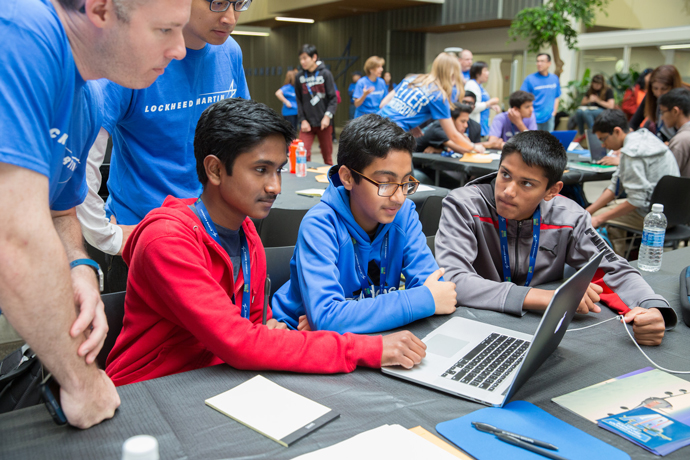If you ask any manager at a technical company, “What is the hardest thing to find?” the answer you are most likely to hear is this: “Enough highly skilled workers who can do the jobs we need to fill.”
Job-hiring experts who gathered at the World Forum for FDI in San Diego earlier this year agreed that, when it comes to training and equipping the STEM workers of the future, America’s educational systems need to improve significantly.
“Education has to change,” said Michael Cunningham, chancellor and president of National University in San Diego. “Universities haven’t changed like the rest of the world. The rapid pace of change is getting ever faster. The adult student population is growing. Adult learners need to retool. Businesses and universities need to come together to figure out the competencies that are needed now and for the next 20 years.”
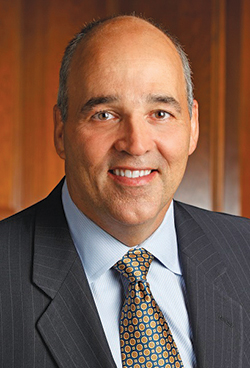
The rest of “The Coming Workforce Development Storm” panel, which was moderated by noted speaker and TV personality Ali Velshi, agreed. “We need a better system for preparing the workforce in high-tech fields,” said Mark Mahboubi, president of R&B Machine Inc., an Upland, California–based company that makes components for communications satellites. “Large companies like Lockheed Martin tend to get the STEM workers they need while smaller employers like me have to be more resourceful to find the engineers and rocket scientists that we need.”
The session, sponsored by the San Bernardino County Economic Development Agency, focused on workforce development solutions for growing companies.
Lee Matthews, plant manager for Sage Automotive Interiors in Greenville, South Carolina, said, “We work directly with the community colleges in South Carolina to set up mechatronics programs that are tailored to meet our needs. We are paying these students while they are still in school. It helps bridge the skills gap that does exist.”
Give Workers the Flexibility They Want
Carine Clark, CEO of MaritzCX, a Lehi, Utah-based software firm that helps companies meet their customer experience challenges, said that her company succeeds by “embracing millennials. They are smarter and they don’t need an office or a title or even a computer. I built my technology around these bright kids because they are teachable and they are not loyal, but they know that I am loyal to them. They want flexibility. They want travel and experiences. They are cheap to manage.”
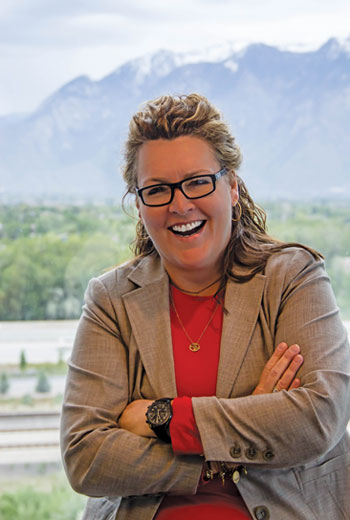
She added that “I don’t have a dress code anymore. I just want them to dress. My vacation policy is, ‘Take your vacation. I don’t care when you take it or how long you go. Just do your job.’ ”
June Sugiyama, director of Vodafone Americas in Redwood City, California, said, “It is very important to have policies that sustain families. We have global flexible working, which affects the time that people work. We have a mandatory global maternity leave – 16 weeks off with pay followed by a 30-hour work week for six weeks.”
She noted that policies like this are essential for reducing worker turnover. “Studies show that 51 percent of women leave the workforce within a year of having a baby,” she said. “That is about $47 billion that employers lose because of turnover.
“Big corporations have a hard time figuring out that times have changed,” Sugiyama added. “Employees are coming up to me and asking me how we can help our community.”
“We need to invest more into retaining our existing workforce,” said Cunningham. “Let’s give them new skills. We have the talent in house. We just need to train them. It is affordable, accessible, quality education.”
Clark said the time for change is now. “It feels like we are doing a terrible job of educating our young people,” she said. “We have to do a better job of capturing the imagination of young people, especially in math and science. Learning beats knowing every time. I match every young person in my company with an older mentor.”
She said she works with six universities in her area. “We are developing a master of computer science program that offers classes on weekends. I am sending my employees to that and paying for them to go. I try to say yes every time I am asked to come and teach. If we work with these students, we can help them leapfrog to get ahead.”
Education Must Start Early
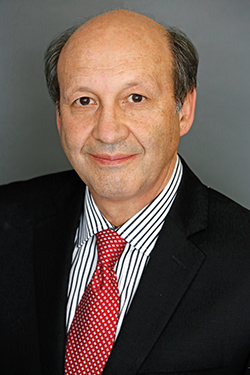
Mahboubi said the education must begin at a younger age. “We have to get more practitioners in industry to go into the high schools and expose our young people to accomplished professionals,” he said. “A lot of young people don’t know what they want to do after high school, and this is a big help in that regard. They just need to see real-life examples of what the job market has to offer.”
Matthews said that in South Carolina, the effort begins at an even younger age. “The intent is to change the perception of manufacturing,” he said. “We go into elementary schools and spread the message. We engage with the local community. We want all students to understand that this is a great job.”
Jon Gustafson, director of workforce partnerships and incentives for Lockheed Martin Corp., said, “We invest a lot into programs in the high schools. We hire high school interns. We have to, because the way that the world works is changing. We are experiencing a brain drain. We have also learned that public-private partnerships are the way to go.”
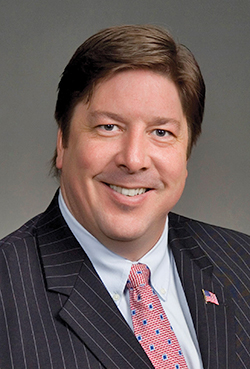
Mahboubi cited an example close to home. “San Bernardino County has a great plan on job training,” he said. “They pay for 50 percent of workers’ pay for employees who are coming from unemployment if you are training them. The county will pay for half of their salary while you are paying them to go through the training. We have taken advantage of this program.”
Cunningham said, “I would like to see more money spent on training and see more people advance.”
It all starts with building a culture that rewards creativity and individuality, said Clark. “I am resistant to anyone telling me what to do,” she said. “We have a wonderful culture. We have an abundance mentality. I am competing with China and the world. My philosophy is to build a culture and an environment where people can thrive and grow.”
